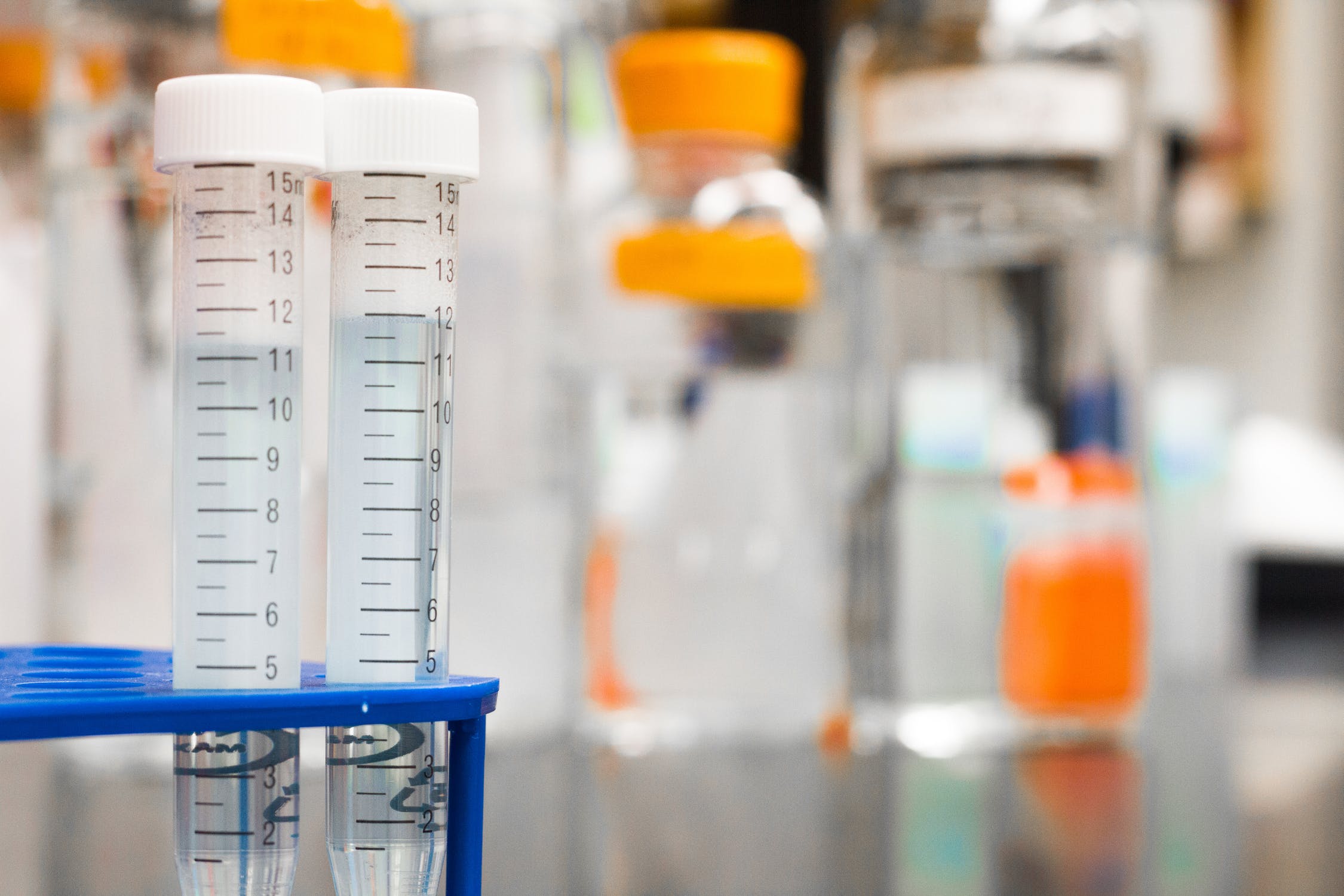Every summer – alcohol and other drugs are consumed at music festivals all around the world. While most individuals like this pastime, both legal and illegal substances may be dangerous. On the other side, a drug harm reduction method may make your music event safer for everyone.
Setting clear expectations for your participants, giving information and tools to help them stay safe, and being honest about your approach all help to decrease the chance of harm.
I volunteered at a music festival during the summer before starting to work with organizations that help people recover. The majority of the volunteers saw it as a chance to witness their favorite acts without having to pay a high-ticket fee. We mostly wandered around the campgrounds, soaking in the ambiance and interacting with nice festival-goers, which was simple and fun. However, there were occasions when it took on a more frightening tone. One precise moment will remain etched in my consciousness for the rest of my life. We were ordered to go in lines around the campsites on our last shift, the morning after the final night of music, opening abandoned tents and inspecting inside. We were supposed to be looking for corpses.
Unfortunately, drug-related deaths are becoming an inevitable reality at music events.
If drugs are no longer an unspoken reality of music events, users will be able to make more informed decisions.
The little knowledge these people have about drugs is usually gained through their dealer or friends. As a result, people are ingesting chemicals that are considerably more harmful than previously thought. What festival-goers are marketed as MDMA might contain anything from concrete and insecticide to, more dangerously, PMA—a very poisonous version of ecstasy that takes longer to kick in, causing users to drink more under the erroneous idea that it isn’t working. Users who are ignorant of the drug’s strength risk ingesting lethal doses, even if the medication is exactly what it claims to be.
Fortunately, the number of drug-related catastrophes appears to be reducing as more festivals include on-site drug testing for participants, such as MDMA test kits.
Knowing what’s in a drug and how powerful it is can help you avoid overdosing, poisoning, and long-term harm. Users who submit a sample of their drugs up for testing to ascertain what they contain, including any contaminants and strength, can do so without fear of being imprisoned. People are also offered tips on how to reduce the risks associated with drug use. Testing might be performed right away, or results can take a few days to arrive.
But where are the drug safety checks being carried out?
A growing number of nations, including Austria, Canada, Colombia, Mexico, the Netherlands, Switzerland, the United States, and the United Kingdom, are conducting drug safety testing.
This briefing focuses on testing using current analytical equipment rather than DIY kits that can’t detect many toxins or on strength.
• In 2016, two events in the United Kingdom trialed onsite drug testing (known as Multi-Agency Safety Testing – MAST) with findings in half an hour, and it is presently being expanded. Samples can also be sent to WEDINOS1, a Welsh Government-funded drug testing facility, where findings are available online in 72 hours and identify the basic components but not the strength.
- Clubbers in Swiss towns such as Bern and Zurich send drugs to be tested in the middle of the week, and the findings are returned by Friday. They speak with a drug counselor, who gives them advise on harm reduction and informs them on the composition and potency of their sample.
- Drug testing has long been practiced in the Netherlands, particularly in metropolitan areas, with results often arriving within 1-2 days.• The ‘Checkit’3 initiative in Austria comprises a mobile facility that conducts on-site testing at music festivals throughout the year.
What part does the test play in reducing risk?
Drugs of various potencies, as well as pollutants, have a significant influence in drug-related deaths. Testing reduces overdose and poisoning by ensuring individuals know what they’re taking and get accurate professional advice on how to take (or not take) them. It also allows for the delivery of tailored health advice to “underserved groups” who do not use drug services, as well as drug composition and trend tracking. Medical and emergency services can be informed, and public warnings can be made, if overly strong, tainted, or mis-sold medicines are discovered.
Drugs of various potencies, as well as pollutants, play an important role in drug-related death. Testing reduces overdose and poisoning by ensuring that individuals know what they’re taking and receive accurate professional advice on how to take (or not take) them. It also allows for targeted health counseling to “hidden groups” that do not use drug services, as well as drug composition and trend tracking. Medical and emergency services can be informed, and public warnings can be made, if overly strong, tainted, or mis-sold medicines are discovered.















